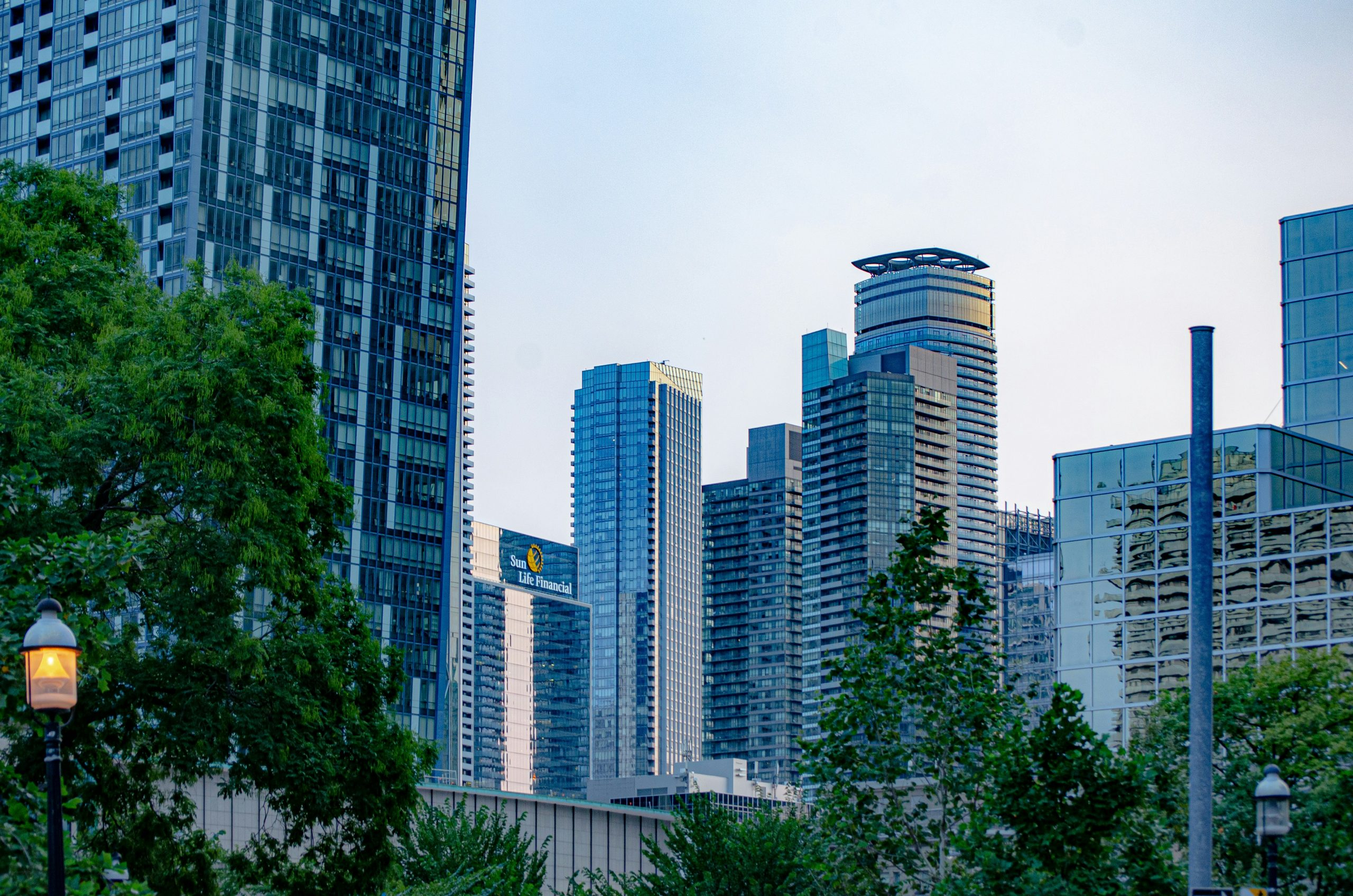Rust Belt Revival: Cities Betting on Industrial Conversions
The Rust Belt, a region in the northeastern and midwestern United States, has long been associated with the decline of manufacturing and industrial jobs. However, in recent years, many cities in this region are experiencing a revitalization through a unique approach – industrial conversions. The concept of converting former industrial sites into new, innovative spaces has gained much traction in the region and is being seen as a promising solution for overcoming the economic challenges in the area. In this article, we will explore the trend of Rust Belt Revival and how cities are betting on industrial conversions to transform their landscapes.
The Rise of the Rust Belt
The Rust Belt, also known as the Manufacturing Belt, was once the heart of American manufacturing and home to some of the biggest industrial hubs in the country. These cities were bustling with factories and mills, providing jobs to millions of people and supporting the growth of local economies. However, in the late 20th century, a combination of factors, including globalization, automation, and the decline of the steel industry, led to a significant decline in manufacturing jobs in the region. This resulted in a massive exodus of people and left many cities in the Rust Belt struggling with economic decline, population loss, and urban decay.
The Concept of Industrial Conversions
Industrial conversions, or adaptive reuse, refers to the process of transforming a former industrial site or building into a new, functional space that serves a different purpose. This can range from turning an old factory into commercial or residential spaces, repurposing warehouses into office spaces, or revamping abandoned mills into mixed-use developments. While the idea of adaptive reuse is not new, it has gained significant attention in recent years as cities in the Rust Belt are looking for ways to breathe new life into their communities.
The Benefits of Industrial Conversions
Industrial conversions offer several benefits for cities in the Rust Belt, making it an attractive option for local governments, developers, and investors. Firstly, it provides a cost-effective solution for redeveloping abandoned industrial sites that may otherwise remain vacant or underutilized. By breathing new life into these spaces, they become assets for the community and create new opportunities for economic growth.
Moreover, industrial conversions help preserve the history and character of these cities. Many of these former industrial sites hold a significant cultural and historical value, and adaptive reuse allows for their preservation while transforming them into modern, functional spaces. This also helps in attracting tourists and improving the overall image of the city.
Another advantage of industrial conversions is their ability to support the growing demand for mixed-use developments. As more and more people look for live-work-play environments, the conversion of old factories or warehouses into mixed-use spaces provides the perfect solution. This not only creates a sense of community but also helps in reducing the carbon footprint by repurposing existing structures instead of building from scratch.
Rust Belt Revival: Success Stories
Several cities in the Rust Belt have already seen the benefits of industrial conversions and are investing in this revitalization approach. One such city is Detroit, which has experienced significant growth in recent years due to the conversion of old factories into residential and commercial spaces. The iconic Michigan Central Station, which had been abandoned for decades, is now being revamped into a mixed-use development that will include office spaces, residential units, and public areas.
Another success story is Pittsburgh, which has seen a revival through the transformation of its old steel mills into modern, innovative spaces. For instance, the former Cork Factory, a steel mill turned into a luxury apartment complex, has become one of Pittsburgh’s most sought-after addresses. The city is also investing in converting abandoned brownfields into green spaces, creating a more sustainable environment in the process.
In Conclusion
The Rust Belt is slowly but surely making a comeback, thanks to the rising trend of industrial conversions. By repurposing old industrial sites into new, functional spaces, cities in this region are overcoming the challenges of urban decline and reinventing themselves for the 21st-century economy. With numerous success stories and growing support from local governments and investors, the Rust Belt Revival is a promising sign for the future of these cities.
Ultimately, the success of this approach shows that with the right vision and investments, any city can overcome its economic struggles and transform into a thriving, vibrant community.











